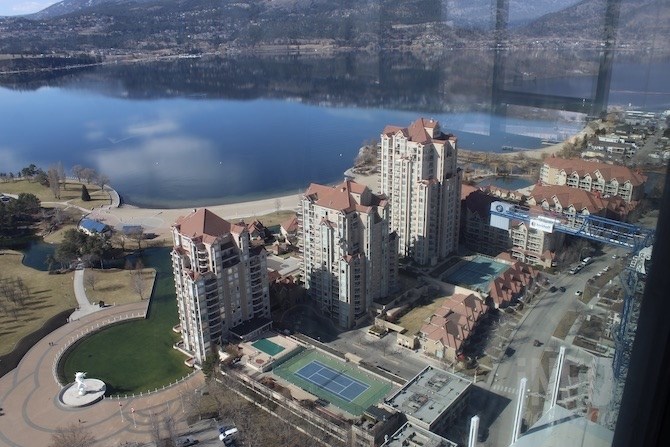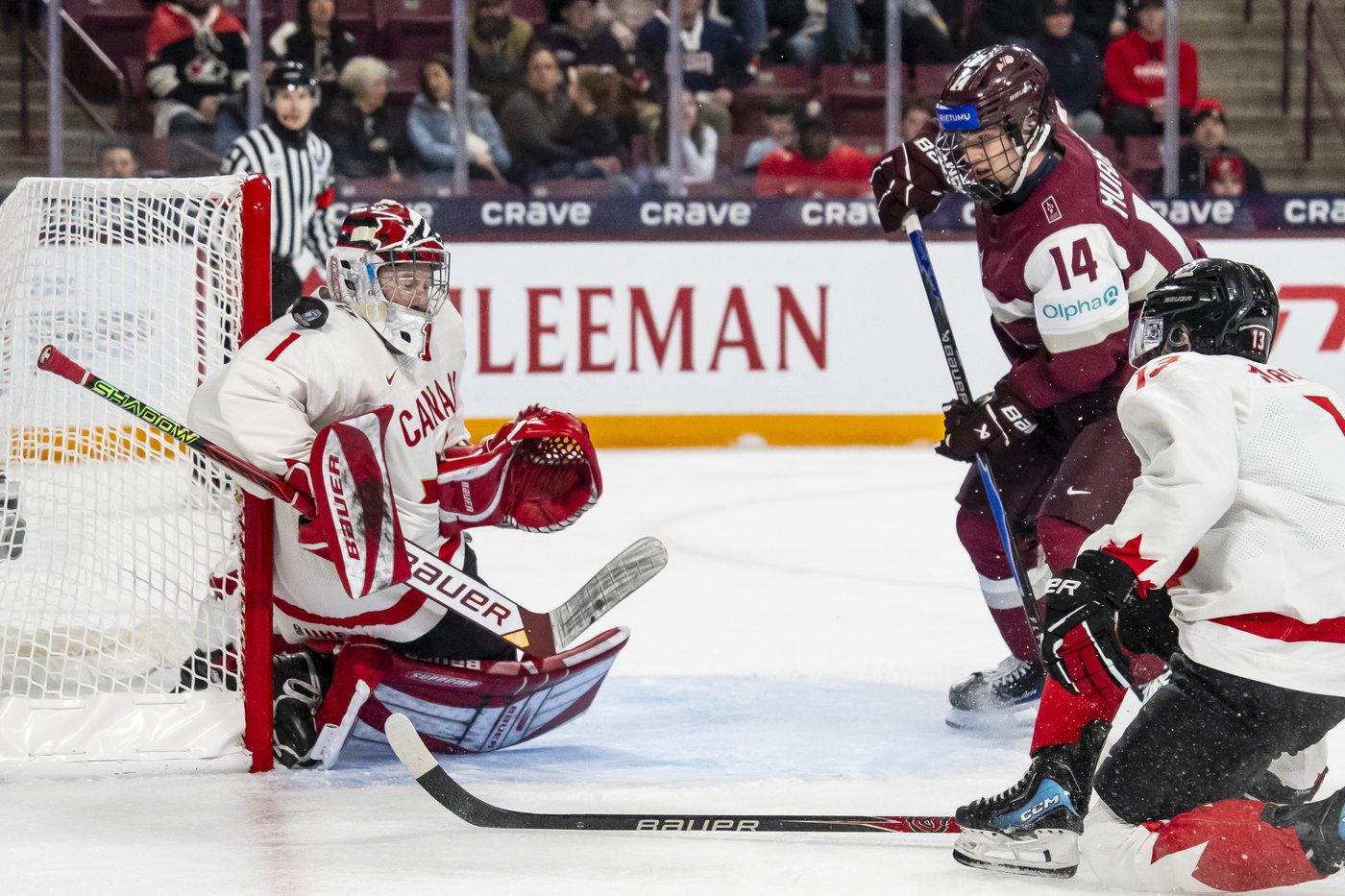Kelowna house prices are now what Vancouver's were just 12 years ago

It was 12 years ago, in March 2010, that Vancouver hit the $1 million mark for the average single-family home.
That followed on the heels of the 2010 Winter Olympics in Vancouver and was just as Canada was emerging from the 2008-09 recession.
"If you look at our market in the last 12 months, (it's) probably the hottest real estate market in the world," Vancouver realtor Paul Eviston is quoted as saying in a CTV news article of the time.
Vancouver stood out like a beacon of increasing unaffordability in the real estate market and prices were shocking and unreasonable to most people in the Okanagan and indeed the rest of the province. But just 12 years later, Kelowna's in the exact same spot.
The Central Okanagan hit that $1 million average plateau in July 2021 and reached a “benchmark” price above $1 million in December. The March benchmark price reached $1,129,000.
READ MORE: Housing sales dropped in Kamloops, Okanagan in March but prices shot up
The difference between the Central Okanagan today and Vancouver in 2010 is that Kelowna does not stand alone.
In fact, the average price for all homes (single-family homes tend to be the most expensive) in B.C. passed the $1 million mark in December, according to the B.C. Real Estate Association.
That’s because three of the largest real estate boards in B.C. – Greater Vancouver, Victoria and the Fraser Valley – all have passed the $1 million average for all housing types combined.
The Lower Mainland accounts for 60-70% of the B.C. market. Chilliwack and Kelowna are not far behind, B.C. Real Estate Association chief economist Brendon Ogmundson told iNFOnews.ca.
“Prices of single-family homes, in all areas outside of Vancouver, are rapidly converging to Vancouver prices,” he said.
Vancouver has some extremely expensive homes that skew the numbers. In fact, the most expensive home in the Interior of B.C., a $14 million waterfront home on Hobson Road in Kelowna, only ranks 296 on B.C. Assessment’s list of most expensive homes in the province.
That doesn’t mean the Central Okanagan isn’t a hot market. It just means it’s getting a lot of competition for top dollar in other areas of the province.
“It (Kelowna) is a rapidly growing place,” Ogmundson said. “There’s a lot of migration with a ton of retirees from other provinces and retirees tend to have a lot of money to spend. It’s the same as you’re getting in Victoria and Vancouver Island. Anywhere where you have retirees competing with people relocating for work and the sort of organic growth in those places too, it’s going to put a lot of pressure on housing and that’s what we’re seeing.”
It used to be that about 10% of Okanagan sales were people from the Lower Mainland capitalizing on their higher house prices and relocating to the Valley.
Now that ratio is about 20%, as the number of Alberta buyers drops off, Ogmundson said.
That isn’t having a domino effect with people leaving the Okanagan and relocating to more affordable areas like the Kootenays or the North, he said.
What’s happening in the hot post-pandemic real estate is not really that different than what’s happened in B.C. over the last two decades.
The spike in Vancouver prices that pushed homes past the $1 million mark followed on the heels of the 2008-09 recession and low interest rates, Ogmundson explained.
Prices flattened out until 2015 when mortgage rates hit a, for then, all time low of 2.5% for a five-year fixed mortgage. Sales took off again.
That, too was followed by a flat price period until COVID and the post-pandemic buying frenzy combined with low inventory and record low interest rates, down to 1.8% for five-year fixed term mortgages.
Ogmundson doesn’t see the torrid pace of price increases continuing through the year.
“We’re not going to hit the record highs we had last year,” Ogmundson said. “Mortgage rates will be pushing close to 4% soon, we’re at 3.7% on a five-year fixed now. That’s going to push some buyers out of the markets for sure.”
Even with higher rates, that’s not likely to match 1981 when the five-year fixed mortgage was at 21% and housing prices fell by 50%, Ogmundson said.
The Central Okanagan may be sheltered a bit by its high in-migration levels. It was the fastest growing metropolitan area in Canada during the 2016-21 census period and shows no signs of slowing.
“You can’t fight demographics,” Ogmundson said. “Kelowna gets this bi-model thing where it gets a lot of young people and a lot of retirees so, no surprise, it has a really fast-growing population. The two largest cohorts are people in their 30s and people in their 60s, so it’s no surprise Kelowna has a lot of demand from both young people and retirees.
“The millennials, right now, are at an age where most of them are around 35, or some in their late 30s. Most millennials now are just aging into their prime household-forming (time) and getting to their peak earning years and need housing. At the same time, we have this huge wave of baby boomers retiring and looking for recreational property or looking to move out of the Lower Mainland. The place they’re going is the Island and the Okanagan and, as a result, there is no supply in those markets.”
READ MORE: Kelowna not keeping up with demand for high-end penthouse condos
Still, the rest of the province has a ways to go to catch up to Vancouver.
The benchmark price for a single-family home in the Greater Vancouver area for March was $2,118,600, compared to the Central Okanagan’s $1,129,000. Greater Victoria came in at $1,181,265.
In 2010, the average price for single-family homes in the Central Okanagan was $537,000, a little more than half of Vancouver’s million-dollar level. That ratio is similar today.
Back in 2010, Gordon Campbell was premier, Stephen Harper was prime minister, the Chicago Blackhawks won the Stanley Cup and Kesha’s Tik Tok topped the Billboard Hot 100 charts.
To contact a reporter for this story, email Rob Munro or call 250-808-0143 or email the editor. You can also submit photos, videos or news tips to the newsroom and be entered to win a monthly prize draw.
We welcome your comments and opinions on our stories but play nice. We won't censor or delete comments unless they contain off-topic statements or links, unnecessary vulgarity, false facts, spam or obviously fake profiles. If you have any concerns about what you see in comments, email the editor in the link above.



